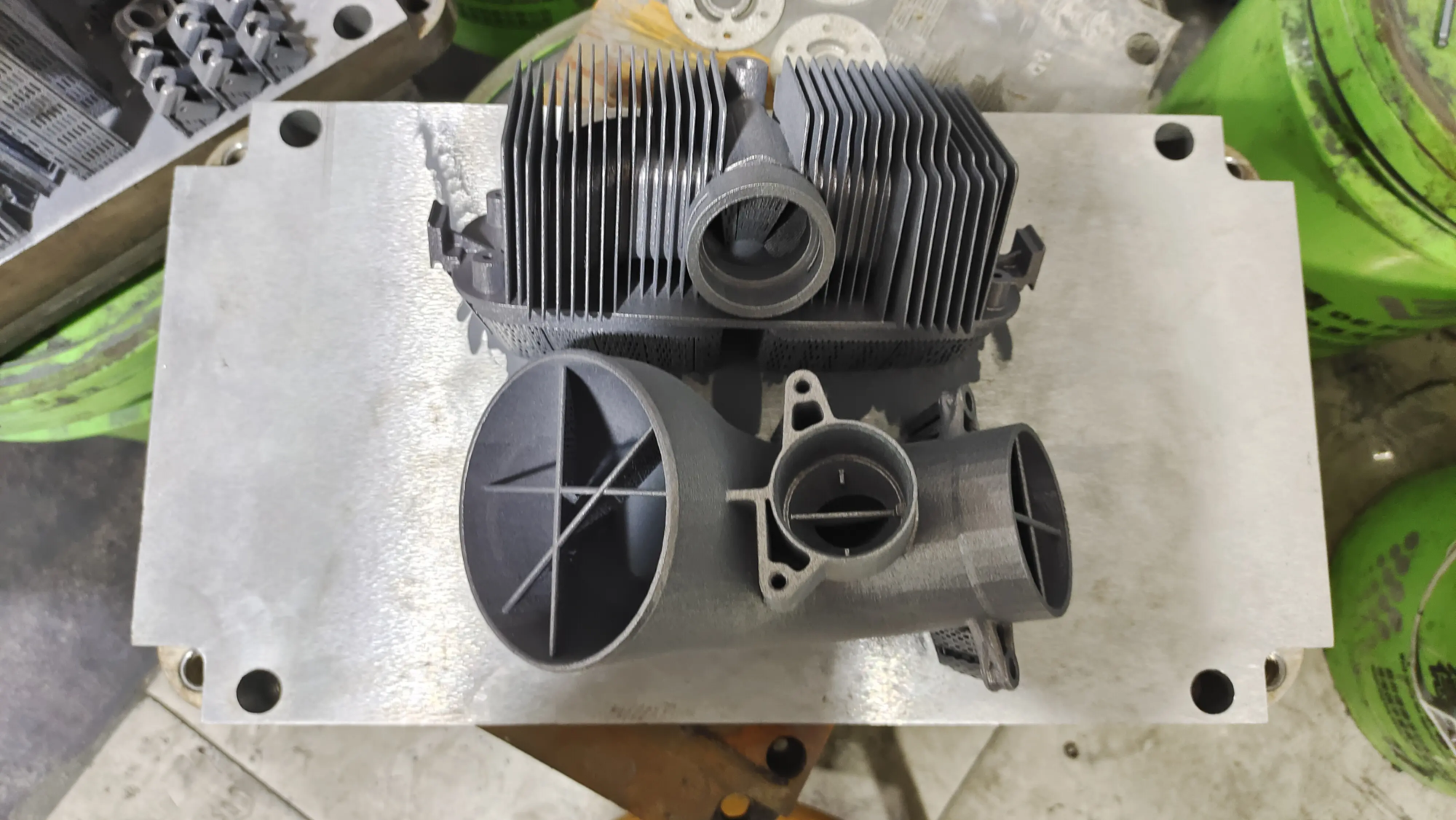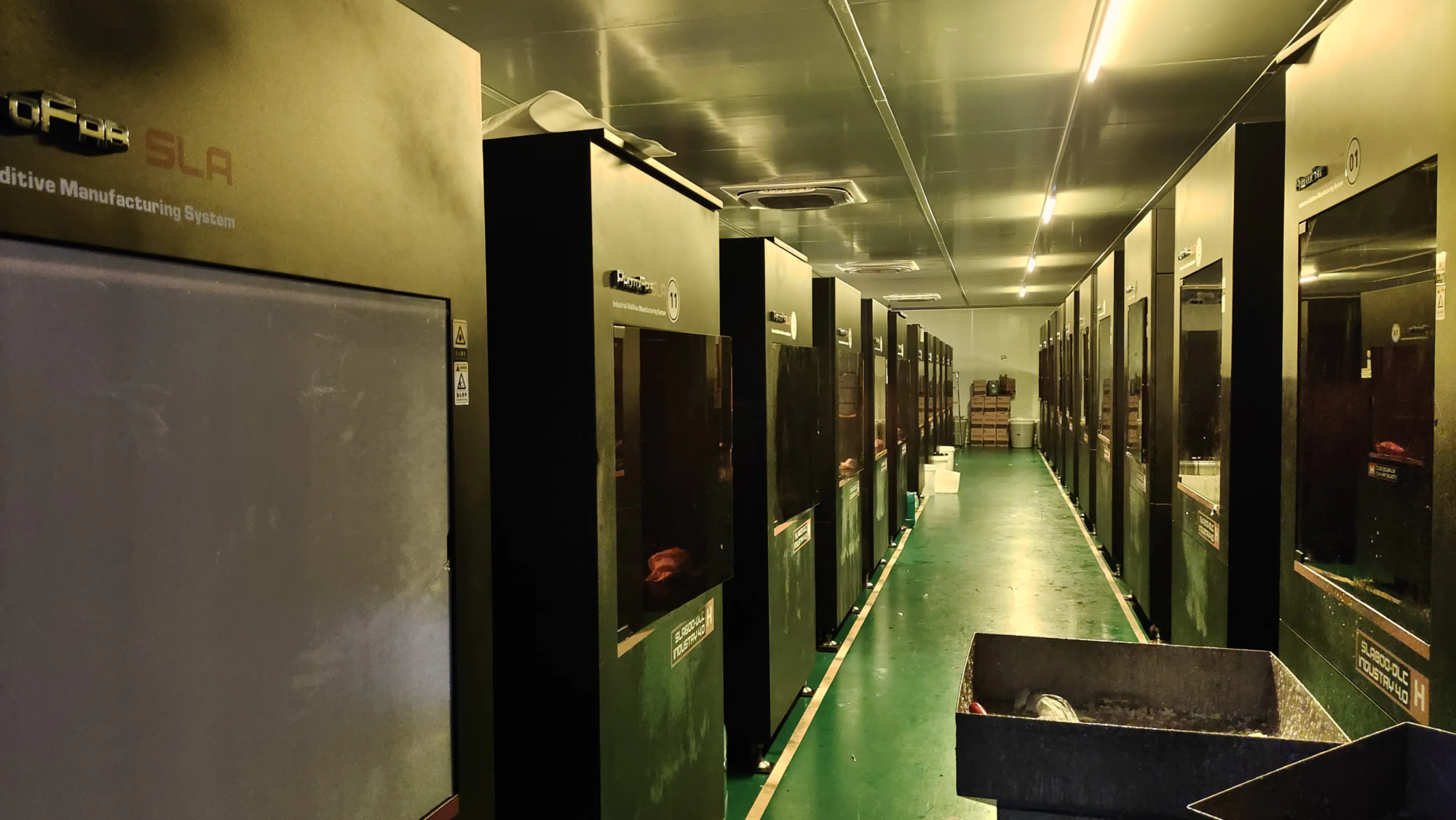From Cura to Orcaslier, from STL to 3MF, now in addition to the G code, there is also a brand new Timecode of Code T.
Code G is a common programming language in the field of 3D printing. The 3D printers will print the layer by layer according to a series of instructions in code G, accurately controlling the movement trajectory of the print head, the print speed, the thickness of the layer and the flow parameters of the material. However, it is always limited to the integration of auxiliary control into the standard G code, as it requires interrupting the printing path, which can easily lead to structural defects.
To solve this problem, researchers at Johns Hopkins University have proposed a new code of code, a time -based synchronization method that separates the control of the Auxiliary G -code devices, ensuring that the printing path is not interrupted. Related research has been published in the journal Nature, link:
Here, the researchers introduced in detail how to use the temporal code (code T) and declared that the method can effectively separate the movement from the printing path from instantaneous functionalization in situ, thus reducing the interruption of the printing path and improving the printing speed without affecting the accuracy, accuracy or complexity of the 3D printing structure.
To reach time -based synchronization, commands from the auxiliary device are separated from code G and controlled by personalized Python scripts. First of all, import code G containing the auxiliary orders in Python, and the script separates movement commands (such as “G0” and “G1”) from the auxiliary controls and guarantees that they are properly aligned. The script then merge the G code interrupted in a continuous path, for example, several commands “G1 X2” in a “G1 X10” path. Then, uninterrupted G codes are generated and transmitted to the 3D printer.
The script generates speed curves as a function of the speed and printing acceleration and calculates the horoding by mapping the auxiliary control positions. These horodatages will be transferred as a Python script list. After generating a G code and without interruption, the script waits for the 3D printer to start synchronization.
Without changing the printer’s hardware or software, the T code allows economic office printers to produce high -quality structures comparable to high -end printers. To demonstrate its potential, the study demonstrates a transparent control of functional gradients to improve filling, energy absorption and optical performance, and allow the scalability and personalization of the mass by parallel printing paths.
Code T is particularly suitable for pressure -oriented systems, but it is also suitable for all applications, materials and types of extruders compatible with traditional G code, such as DIW, FFF and high viscosity inks. By combining appropriate printing heads and auxiliary equipment, code T can print a variety of functional materials and make multifunctional structures such as structural batteries, change in shape, soft robots and electronics integrated into portable devices.
Finally, researchers say that current speed and resolution limits are mainly derived from the limits of hardware and external software. Future worktops to increase the multi-material switching frequency by integrating solenoid valves and integrating T code into a real-time operating system, or using dedicated equipment such as microcontrollers to improve the communication efficiency of auxiliary devices.
Obviously, code T is still only a concept and is still far from general use, because the communication problems between synchronous systems are complex and difficult to manage. There may be better solutions, but the advent of the T code allows us to see more possibilities for 3D printing programming.





